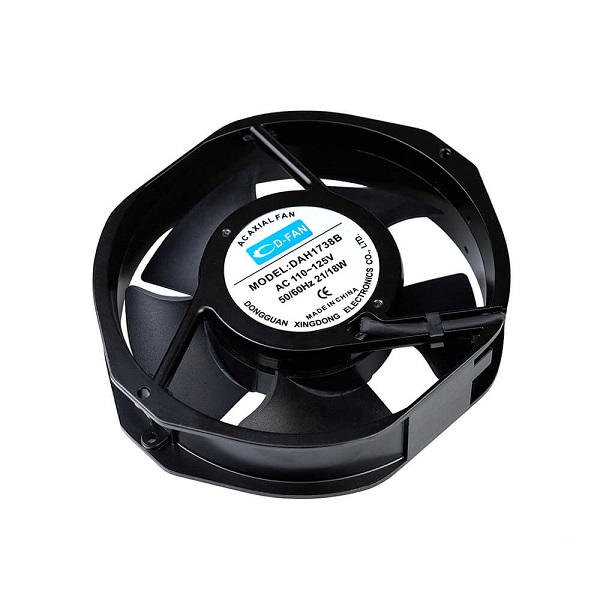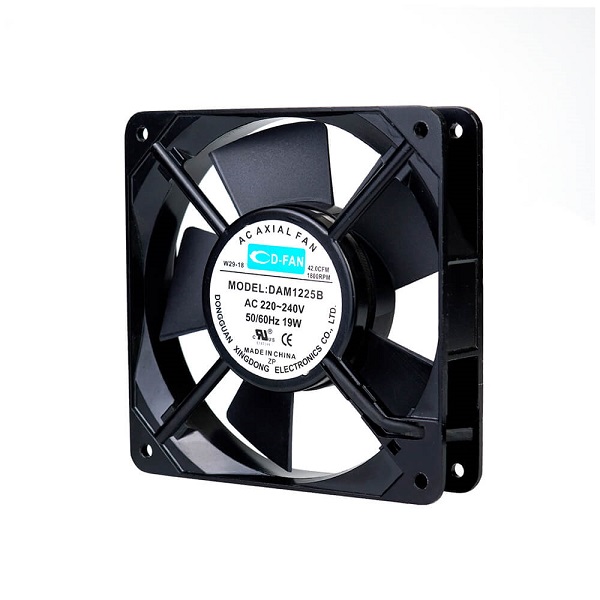With the advancement of technology, the technology and performance of cooling fans are also constantly developing and improving. At present, the specifications and dimensions of heat dissipation fans range from a few millimeters to several hundred millimeters, and there are various voltage options, such as 5V, 12V, 24V, etc. In addition, there are also various shapes of heat dissipation fans, such as square, circular, olive shaped, etc.
In modern home life, technological progress has not only changed our way of life, but also improved our quality of life. The emergence of smart toilets is undoubtedly a major innovation in the bathroom field. They are equipped with heating seats, warm air drying, automatic flushing and other functions, making users feel extremely comfortable during use while effectively reducing the risk of infection caused by unclean bathroom facilities.
In the fast-paced modern life, the emergence of dishwashers has brought about earth shattering changes in our home life. Washing dishes is a tedious and time-consuming task that requires us to personally clean every dish, dry it, and store it in the sun.
The emergence of drones has provided us with new ways and perspectives to understand things. In the past decade, their applications have become increasingly popular. The express delivery industry, film and television shooting, monitoring and inspection, transportation, agriculture, forestry, police security, surveying and mapping, and other fields have shown a significant increase in demand for drones.
Date: 2024.03.13
View: 708
Axial fans play a crucial role in various applications, from cooling systems to ventilation. However, when it comes to choosing the right type of fan for your specific needs, the decision between EC (electronically commutated) axial fans and AC axial fans can make a significant difference. In this comprehensive guide, we will compare these two types of axial fans across key factors such as efficiency, control and speed, noise levels, maintenance, and longevity to help you make an informed decision.
EC Axial Fans: EC motors are known for their energy efficiency, making them an attractive option for those looking to save on energy costs. The electronically commutated technology allows EC fans to adjust their speed based on the current requirements, leading to significant energy savings over time.
AC Axial Fans: In comparison, AC fans may consume more power and be less efficient in certain applications due to the nature of alternating current motors. While AC fans still provide adequate airflow, they may not offer the same level of energy efficiency as EC fans.

EC Axial Fans: One of the key advantages of EC fans is their flexibility in speed and control. With the ability to be easily programmed for specific airflow requirements, EC fans offer precise control over the fan speed, making them ideal for applications where airflow needs vary.
AC Axial Fans: AC fans, on the other hand, may have limited speed capabilities and less precise airflow control. While AC fans can still provide adequate airflow, they may not offer the same level of customization and control as EC fans.
EC Axial Fans: The design of EC motors results in quieter operation compared to AC fans. This makes EC fans more suitable for noise-sensitive environments where minimal sound disruption is essential.
AC Axial Fans: AC fans may produce more noise during operation compared to EC fans. This can be a factor to consider when choosing a fan for applications where noise levels need to be kept to a minimum.

EC Axial Fans: Due to their design and technology, EC fans typically have a longer lifespan and require less maintenance. The durability of EC fans makes them a reliable choice for applications where longevity is a priority.
AC Axial Fans: In comparison, AC fans may require more frequent maintenance and have a shorter lifespan. The maintenance needs of AC fans should be taken into consideration when evaluating the overall costs of ownership.
In conclusion, the choice between EC axial fans and AC axial fans ultimately depends on your specific application requirements. If energy efficiency, precise control, low noise levels, and longevity are key factors for your project, EC fans may be the ideal choice. However, if you have cost considerations and don’t require the same level of customization, AC fans can still provide adequate airflow for your needs.
By considering the efficiency, control and speed, noise levels, maintenance, and longevity of both EC and AC axial fans, you can make an informed decision that best suits your application. Whether you choose the energy-efficient and customizable EC fan or the cost-effective and reliable AC fan, you can be confident that your airflow needs will be met.